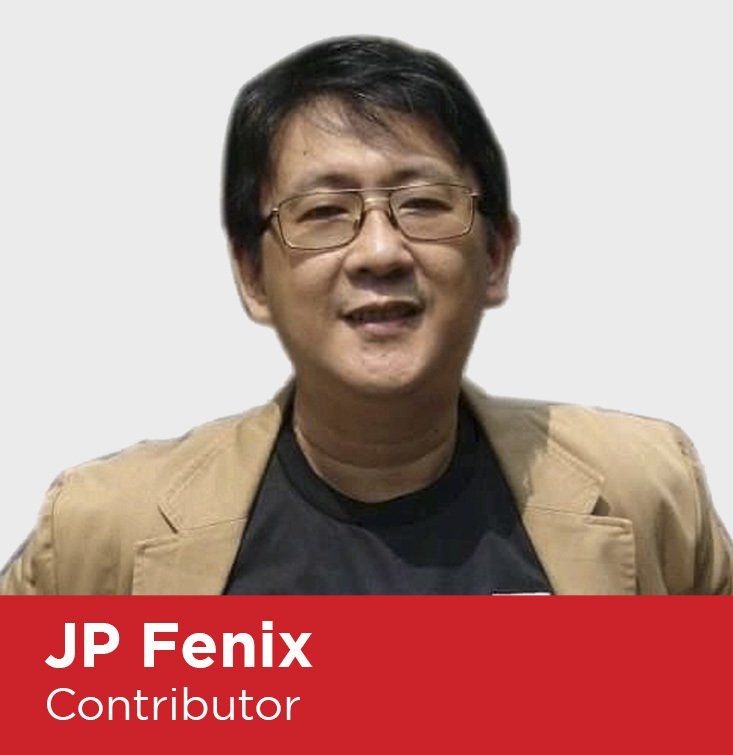JP Fenix • March 27, 2020
Do feeding programs top testing and cure in the COVID 19 fight?

LATELY we have seen a surge of public assistance focusing on feeding people in quarantine and even frontliners in the COVID 19 fight. Government is moving resources for food provision, especially with its latest grant of emergency powers to the President. The Office of the Vice President is working together with NGOs and Civil Society gathering resources and distributing food. Local governments going house to house with food packs and creative programs to bring rolling markets. The top businesses comprising the Philippine Disaster Resilience Foundation launched Project Ugnayan, raising P1.5 Billion among themselves for food distribution with a starting target of one million households. ABS-CBN raising funds and implementing food distribution through its foundation with its Pantawid ng Pag-ibig program. Same with GMA with its Kapuso Foundation and even individuals and families putting together food resources to hand off to those who don’t have.
While mass testing and access to proper health care is of vital importance in a national health emergency, the key component of mitigating this pandemic – enhanced community quarantine – calls for getting food to the people to keep them at home, or at least some semblance of a place where they do not go around passing on the disease.
The Philippine population is classified into socio-economic classes, mainly classes A, B, C, D, and E, with A being the richest and E being the poorest. A and B are usually classified as one, or AB, having the assets, tastes and most importantly buying power and disposable income to purchase wishes beyond needs. AB together comprise what is known as the upper one percent of the population.
In these trying times there is a focus on providing (or trying to provide) the basic needs of the D and E. The stats support this. Class E is the poorest of the poor, no or hardly any income even during normal times, mostly homeless or in informal settlements, and comprising 30 percent of the population.
Class D, on the other hand, are literally the masses – the masa – comprising 60 percent of the population. They have no or hardly any savings, live in squatter areas at worse, or rented apartments or small, social housing at best. They have been either laid off from their factory or food service jobs, or at best gotten their salaries in advance and hopefully some assistance from their employers for the month without work.
This means that 30 percent of the population have been hungry from day 1 of this lockdown and 60 percent have been spending the little that they have for food which will start running out in two weeks of the lockdown.
That’s 90 percent of our population – at the latest population count (2017) of 104.9 million – 94.41 million people will start going hungry on this, the second week of the government-imposed lockdown.
The middle class, that class C that composes nine percent of the population, is actually starting to feel the pinch, too. Yes, they are the ones who are still living comfortable lives in quarantine in their condominiums and subdivisions, concerned if they will be able to go to the supermarket, draw from their ATMs from the higher salaries and bonuses that were advanced by their employers, and have WIFI access at home to rant and rave about privileged politicians.
Yet many from Class C are starting to grumble, especially after Interior Undersecretary Jonathan Malaya said on media that people in subdivisions will not get government assistance because of their comfortable existence, unmindful of the facts that, first, the lower end of the C-class spectrum are just a stones’ throw away from D class and, second, the C class as a whole comprises the largest spread of taxpayers.
Class E don’t or hardly pay taxes through consumption taxes like VAT, so do most of Class D. Class C incomes are high enough to be taxable, and their purchases are much more thus have more VAT contributions.
This is what makes feeding the 99 percent of our population so important: Not the infections, not the deaths from the disease, but the growing, anger and dissatisfaction of 99 percent of the population.
Add that to the perception that the well-off and privileged brought the disease into the country – history of travel, extensive socializing – and the perception that these rich people have been entitled and privileged access to testing and healthcare facilities, you have serious friction between the haves and have-nots.
Economists know too well that economic and political stability are closely interlinked. And the starving 99 percent of the people is a sensitive trigger to that stability.

